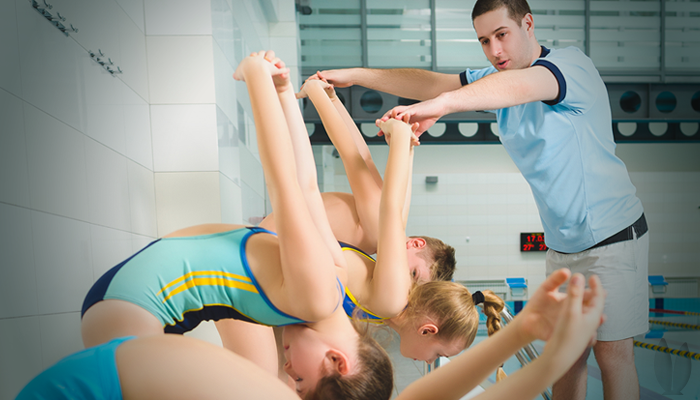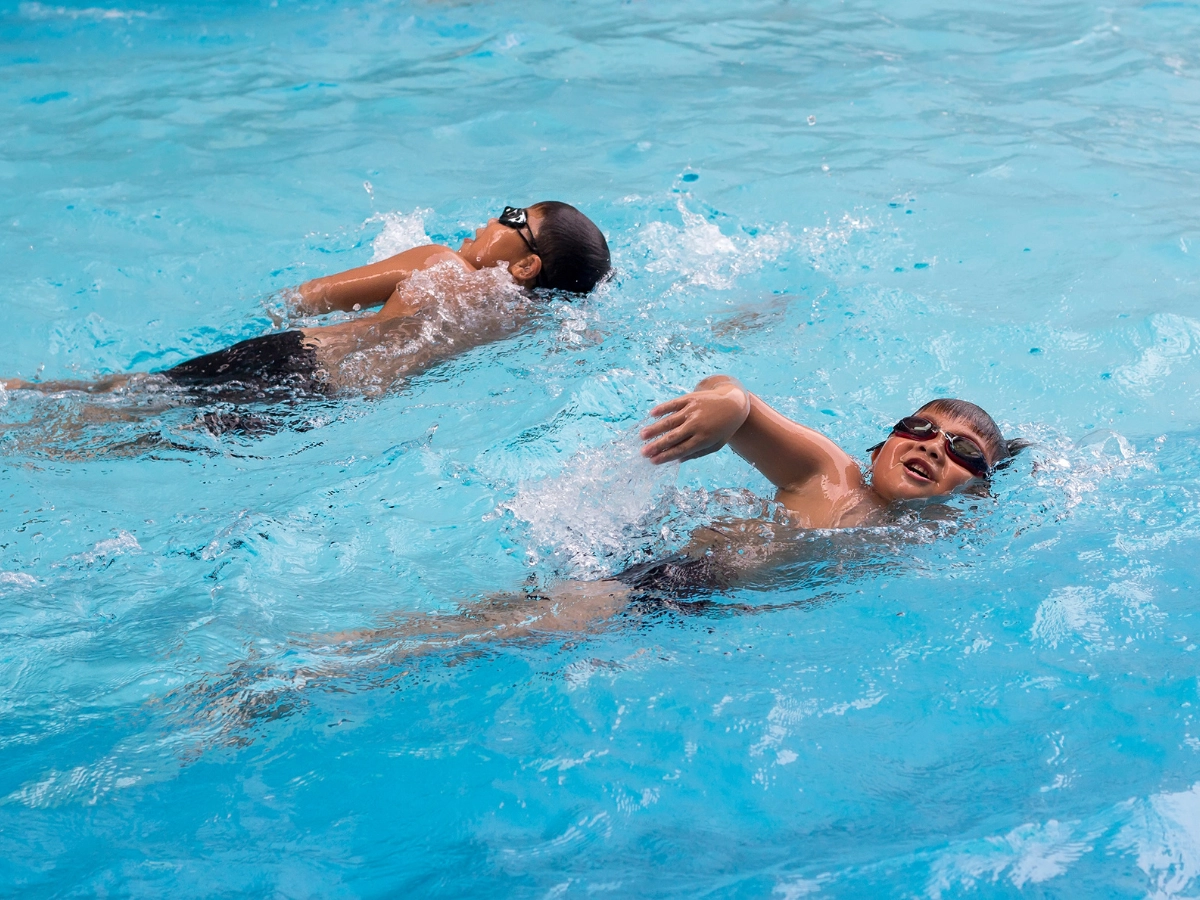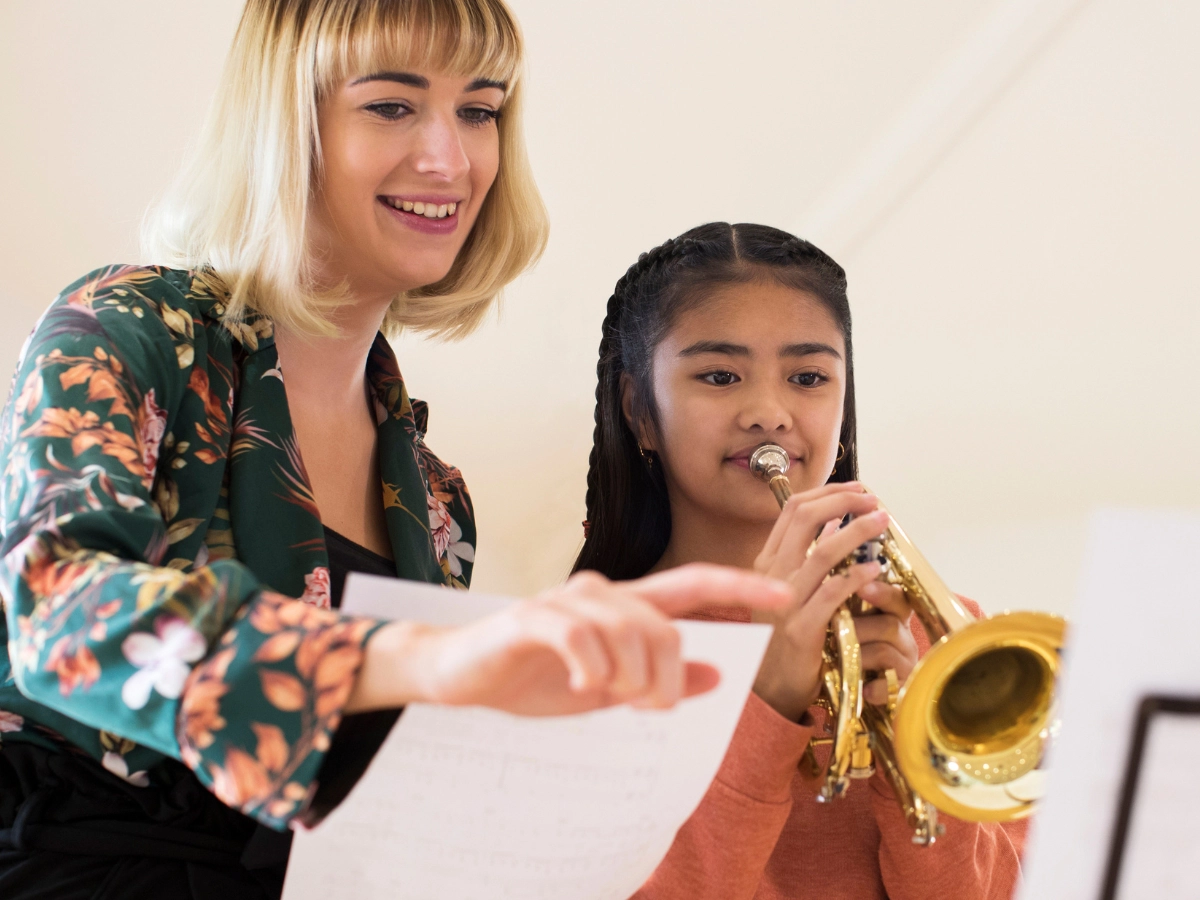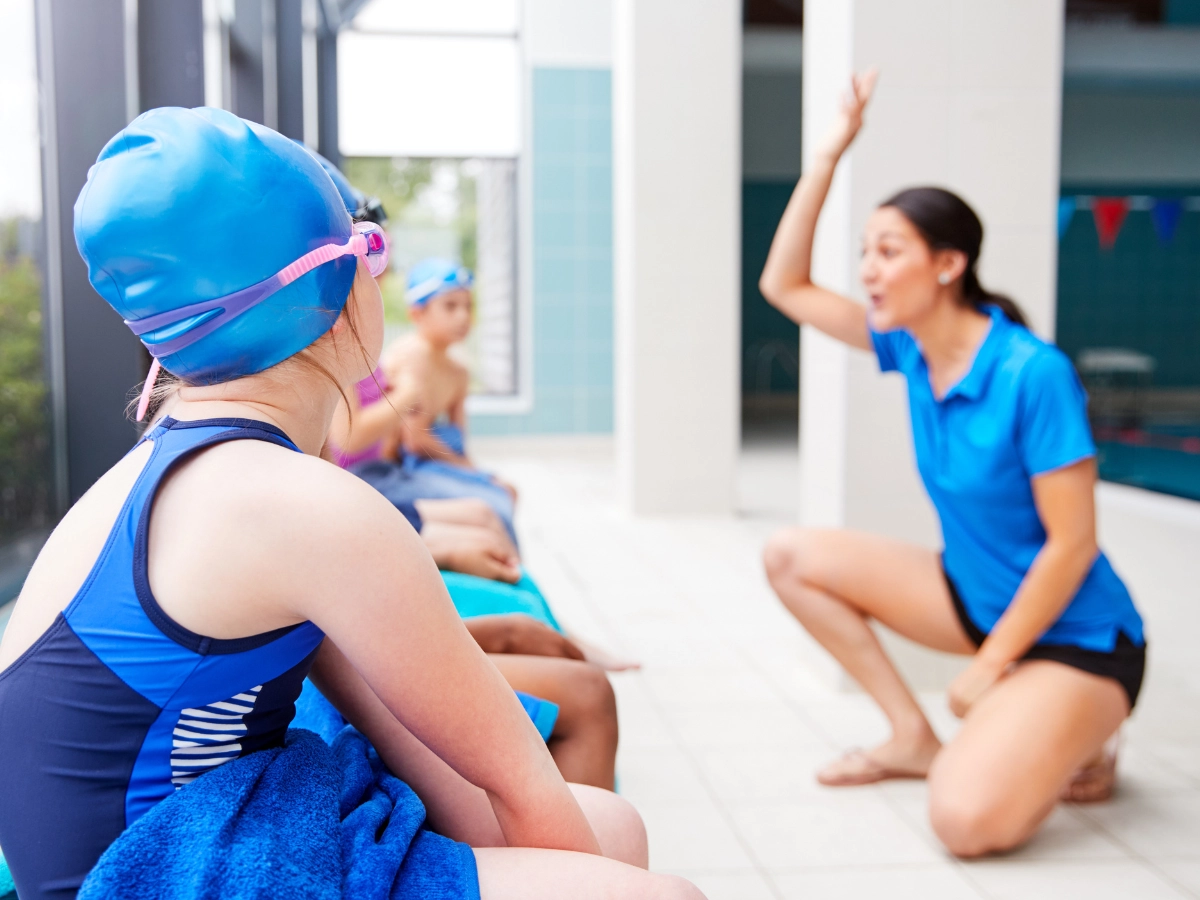The teaching strategy that your school uses can greatly affect a child’s growth and behavior.
There are two main types of teaching methods – each distinct in its ways of cultivating a child’s swimming skills.
There is a goal-dominate strategy and a child-centered one.
Great care should be taken in determining which method is best for your child’s growth and outlook towards water in general.
Goal-Dominate
A goal-dominate swimming program emphasizes speed in learning to swim, quickly moving from one skill to the next. Often the fear is what drives the child to achieve desired skills. If you look at it from the child’s perspective, a goal-oriented program paints the water as an enemy. This aggressive method seems harsh to many, but could be considered necessary if the child needs to learn swimming techniques on a rigid time-frame. As useful as this method may seem for rapidly accomplishing performance levels, it eventually creates tension. The child will progress because they fear the water and the repercussions of failing to reach milestone – not for the desire to learn to swim and love of water.
In the goal-dominate program, the instructor is placed in a dominant, no-nonsense role that could reinforce fear or anxiety in a child. The child learns through a forced and coerced regimen that is likely to cause anxiety about swimming and potentially a distasteful early experience with water.
Child-Centered
A child-centered program focuses on love, encouragement and fun. The child comes first and their progression is done at his or her pace within a flexible timeline. Progression is based on readiness – and that calls for gentle guidance and patience from the instructor. By looking for ways to engage the child in fun, playful learning experiences, the instructor builds trust and helps the child to develop a willingness to participate in new activities and to learn new skills. The result of a child-centered program is the child’s association of happiness and fun with the water with little or no tension and stress.
In a child-centered program, instructors facilitate bonding and learning through gentle guidance. The child acquires essential swimming techniques at their own pace while also being happy!














